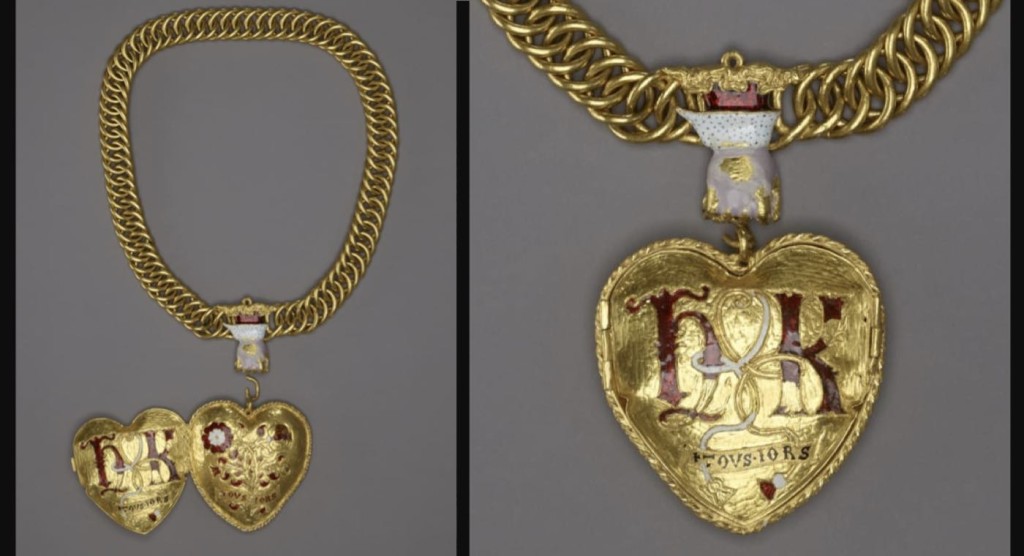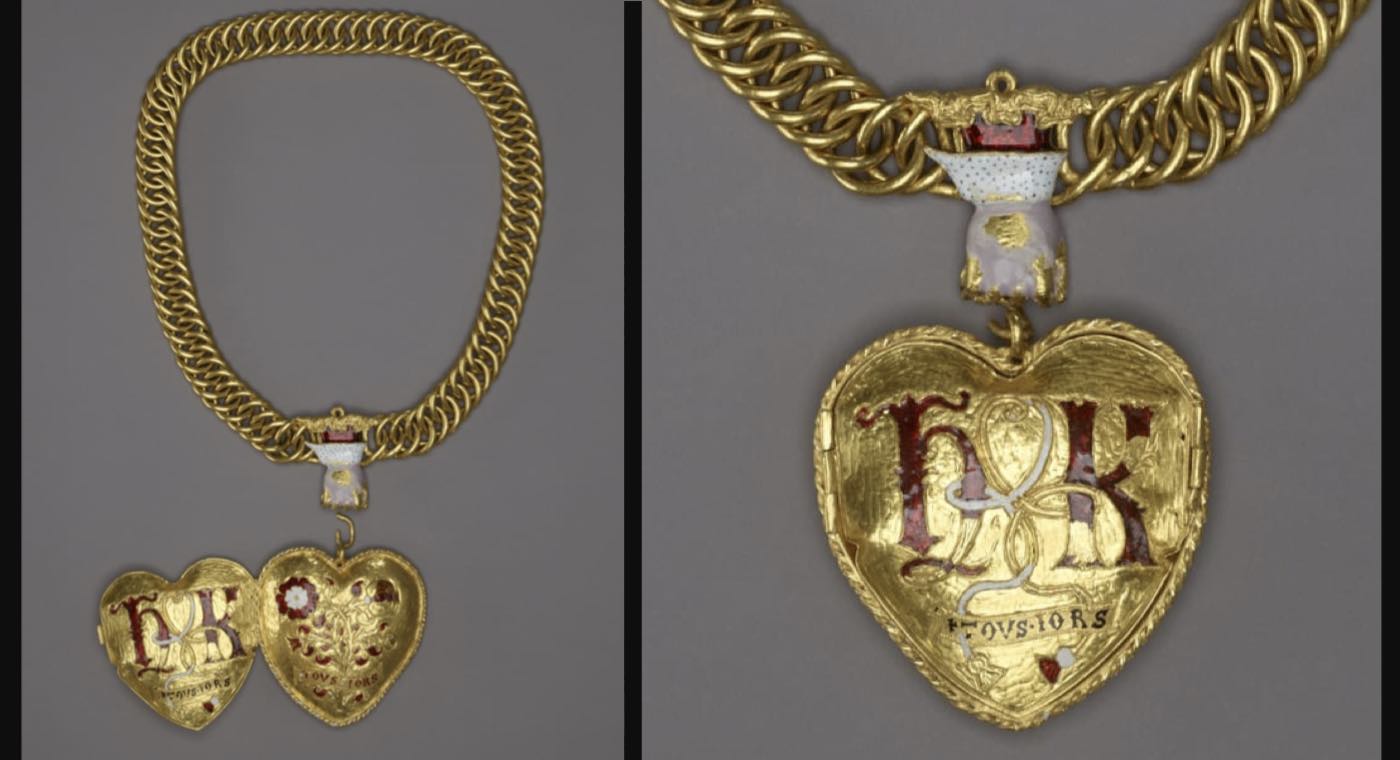
“People say it’s like winning the lottery; it’s not. People actually win the lottery. When was the last time a crown jewel was unearthed?”
Those were the words of Birmingham cafe owner Charlie Clark who after just 6-months of metal detecting as a hobby, found the treasure of a lifetime.
Elbows-deep in a field in Warwickshire after a day of turning up junk, Clark found a 300-gram necklace of 24-carat gold that is believed to have either belonged to or commissioned as a present for, King Henry VIII and his first wife Katherine of Aragon.
Despite seeming too good to be true, the curator of Renaissance Europe at the British Museum, Rachel King, confirms that the find is genuine, but what it was doing buried in a field in Warwickshire, and what its connection was to the King and his wife, are questions that as of now have no answer.
“In the British Museum, we’ve got the largest collection of objects from the early Tudor periods in precious metal; none of them are anything like this,” said King, explaining that the archives and collections were scoured for any scrap of evidence that might place the pendant and chain in the King’s possession.
MORE FROM ARCHAEOLOGY: ‘Astonishing’ 1,300-Year-old Gold and Gemstone Necklace is the Richest Ever Uncovered in Britain
The pendant bears the initials H and K on one side. Further evidence of its royal designation comes from the design on the front—a Tudor rose formed by precious stones, and a pomegranite bush, the latter the symbol of Katherine’s house. Lastly, a “Franglais pun” on the underside reads TOV IOURS, a blend between the translations of Toujours and All Yours, IOURS being the Old English spelling.
One hypothesis of its origin was that it was made by a wealthy courtier to be a present for them, but that it was perhaps never delivered or stolen. Another theory was that it could have been made for one of the tournaments which Henry VIII was so fond of putting on.
MORE LIKE THIS: English Teenager Discovers Hoard of 3,300 Year-Old Axes and Becomes Metal Detecting Celebrity
The pendant was deemed treasure under the UK’s Treasure Act which allows the government to buy archaeological and historical finds for fair market value based on metal and antiquity trades. 96% of all treasure finds between 2,020 and 2,022 were found by metel detectives.
The sum has not been released, but Mr. Clark said it will be split with the landowner of the field in which he found the pendant, and spent to give his son a first-class education.
SHARE This Jewel Of A Story With Your Friends…




















